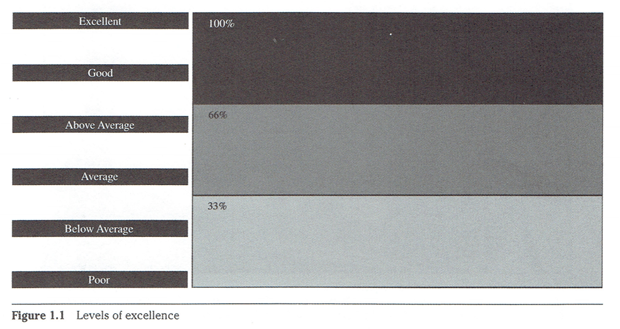|
By: Dan Gable Originally Published in: Coaching Wrestling Successfully Provided by: Human Kinetics A wrestling program is people. That's who it starts with; that's who it ends with. The most important people are your coaching staff and your wrestlers. Also important are the parents, relatives, fans, administrators, people of the community, and in my case, as part of a public institution, all the citizens of Iowa. I'll talk more in the next chapter about what to keep in mind when communicating with all of these different groups. Given that people are the backbone of a program, the philosophy you adopt should be people-centered. By that I mean that the approach you take should be in the best interest of your athletes and others associated with the program. If your philosophy is sound, the challenge is to see that you and your wrestlers embody that philosophy. Meeting that challenge involves setting specific expectations about behaviors for individuals and the team. Realize that all eyes are focused upon you, the head coach. A successful coach cannot get by with "Practice what I preach, not what I do." You set the tone for the program. If your philosophy is the mental steering mechanism, then your behavior is the tangible element, the nuts and bolts, that determines whether you are on course. Live by the standards you set. Be a good example. Academics You have to know where your athletes are heading in their academic pursuits. Being successful in academics comes first; wrestling comes second. High school coaches need to keep up on college entrance requirements and advise athletes accordingly. Core courses, college entrance exams, and GPAs should be important concerns for you and your wrestlers. Also, encourage your athletes to seek advice from guidance and academic counselors at your school. In short, do all you can to emphasize academics so that your athletes succeed academically. Excellence When an athlete enters my program, we discuss his ideal objective: receiving straight A's and going undefeated in wrestling. Then we discuss the opposite extreme, flunking out and never winning. After discussing both scenarios, I show the athlete the graph illustrated in figure 1.1. This graph is used to explain to them the level they need to achieve in comparison to their opposition. I expect the athletes in my program to be at the top of the graph, to be dominant. Because I am straight with them up front, the athletes have no doubts about my expectations. They make an informed choice about continuing or quit-ting the program.
This graph may seem harsh, and it may not be appropriate at lower levels of wrestling. At the Division I college level, however, it's necessary and in the best interest of your athletes and yourself. You can both keep from wasting a lot of time by deciding that the expectations aren't something that the athlete feels comfortable with. After all, your professional life hinges on the output of the wrestlers on your team. If your athletes can't meet the standards you've set, then for the sake of your coaching future it's probably best that they decide to drop off the team. Not all of them need to be great wrestlers, but they all must be on the same page in terms of having an attitude that's essential to success. Teamwork Your team will be only as successful as the sum of its individual parts. The great wrestling programs don't maintain their level by relying on just one or two wrestlers. In order to get to the top, you have to get a group of student-athletes to work together for a common purpose. On the other hand, one great wrestler can give your program a great deal of visibility and credibility. Then the coach must take the next step and increase the overall level of performance of every spot on the team. When the level of team success is high, you can concentrate more on the development of individuals. But if the program begins to slip, then it's important to begin stressing team objectives again. SUMMARY You are the only person who can establish a philosophy for your program, but your philosophy must be a positive one in order for your wrestling program to achieve greatness. To recap, here is the approach I suggest:
|







